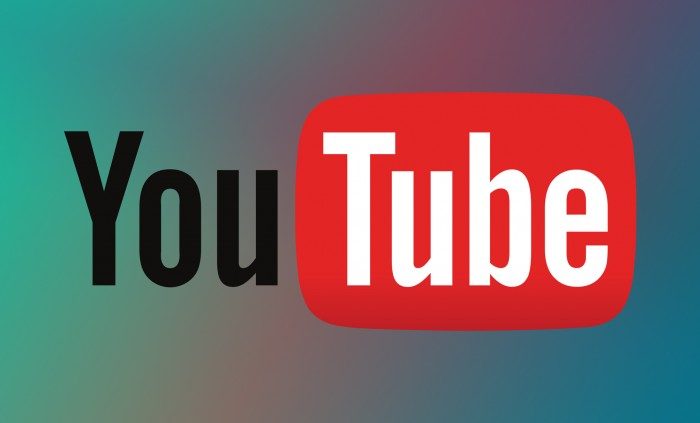YouTube is adding support for 360 degree video, a move that could put the video streaming giant in a position to offer the largest cross-platform service of its kind. And when it comes to the topic on who will become the ‘YouTube of VR’, who better to fill the role than YouTube itself?
See Also: The Race to Create the ‘YouTube of VR’ is On
The information comes from an interview between The Verge and an unnamed spokesperson from YouTube:
Ever wanted to get 360 perspectives on a video to see everything going on? That’s why we’re working to support 360 degree videos in the coming weeks.
Although it’s not clear whether they mean to include support for VR headsets as well, YouTube’s October addition of 60 Hz video—seen as the bare minimum for a nausea-free VR viewing experience—leads us to believe that they might be approaching the issue piecemeal, essentially testing the waters to gauge consumer interest. The partnership with Giroptic 360 camera, which will be “the first 360 degree camera YouTube will support natively,” also points in this direction.
Along with a few startup companies establishing similar user-driven platforms, like Littlstar which has since gone into its beta phase of testing, Samsung’s release of Milk VR last week for the new Gear VR mobile headset might also have something to do with YouTube’s sudden release of information, albeit unofficial in nature. Vyuu and Vcemo are also working on 360 streaming platforms with compatibility with VR headsets.
See Also: News Bits – Samsung’s Milk VR to Host Footage of NBA Games
Considering the monolithic video-sharing platform is already a household name and isn’t exactly in a rush to deliver to the ‘prosumers’ among us (the hottest neologism at last week’s CES that I still can’t figure out), it’s no wonder the company has remained more quiet than others on integrating its service into virtual spaces.
In the meantime, an official YouTube app for side-by-side viewing on Google Cardboard and Gear VR wouldn’t go amiss either, the former being somewhat supported through Google’s Android Cardboard app, albeit without support for 3D or iOS.


